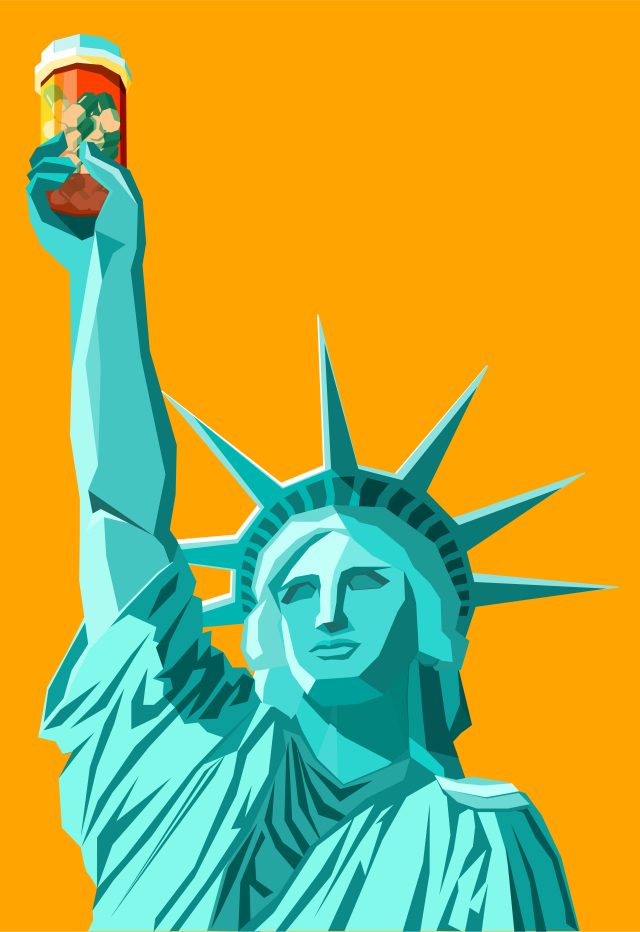
As cannabis legalization spreads across the country, addiction has become the rallying cry for opposition. The Centers for Disease Control and Prevention (CDC) claim “cannabis use disorder” affects 30% of users. People who develop it use marijuana impulsively “even though it is causing health and social problems in their life.”
Researchers at Columbia recently designed an experimental drug to treat cannabis use disorder, calling their preliminary findings “very encouraging.”
According to the CDC’s own data, more than 48 million Americans use cannabis regularly — around 18% of the national population. If the CDC’s assertions about the prevalence of cannabis use disorder are correct, that means some 14 million Americans (5%) are using cannabis to the point of physical and social detriment.
For a bit of perspective, the CDC says opioid use disorder currently affects just 3 million Americans.
Despite this grim epidemic apparently destroying lives across the country, the perception of cannabis is trending positively in the U.S. More people are using it and more scientific research is being conducted on it than ever before. The stigma that has built up around this herb over decades is finally starting to dissolve.
A new poll published by the American Psychiatric Association (APA) this month lends credence to that. It shows that most adults in the U.S. generally perceive cannabis as “safe” — safer than alcohol and cigarettes, at least — and that as far as addiction goes, people believe it’s even less addictive than technology.
The annual APA survey polled more than 2,000 adults about technology, cigarettes, cannabis, vapes, alcohol, unprescribed opioids and prescribed opioids. Respondents were asked how often they engage in the use of each, then if they considered them to be “very unsafe” or “somewhat unsafe,” and if they viewed them as “very addictive” or “somewhat addictive.”
The results aren’t exactly surprising: No one thinks cigarettes are healthy (84%), and it seems like word is out about vapes too, with 76% labeling them unsafe. A quarter of respondents called non-prescription opioids unsafe, while 66% believe even prescription opioids are risky. A whopping 65% consider alcohol harmful.
Only 38% characterized cannabis as “very or somewhat unsafe.” The only category deemed safer than cannabis in the eyes of respondents was technology, which only 23% described as unsafe.
When it came to scoring the level of addictiveness, the results were similarly ranked with a couple notable differences: More than 60% said they believe cannabis can be addictive, and technology was described by 75% of respondents as “very or somewhat addictive.”
“It is clear that we have gotten the message through that cigarettes are dangerous and addictive,” APA president Petros Levounis said in a press release. Tobacco and cigarette education and public awareness campaigns have helped reduce use significantly across the country since they were implemented in the ’90s.
“We can help prevent more Americans from other potentially addictive behaviors, like drinking alcohol and technology use,” Levounis said.
To that end, the APA is launching a public awareness campaign focusing specifically on vaping and opioids this summer, then another focusing on alcohol, and a fourth targeting technology by the end of the year.
However, the APA made no mention of any plans to pursue a campaign targeting cannabis.














